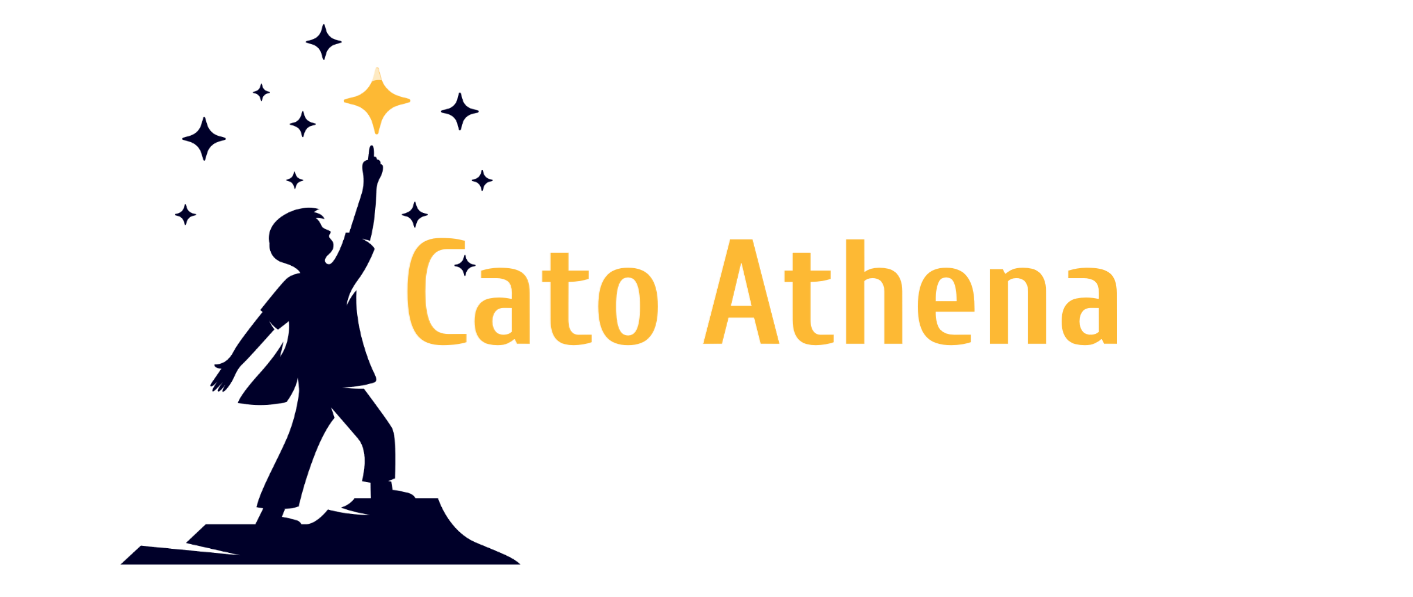Benutzer:GDK/Raumfahrt
Zur Navigation springen
Zur Suche springen
Übersicht
[Bearbeiten | Quelltext bearbeiten]- ↑ The ten countries and successor states/union indicated in bold retain orbital launch capability.
- ↑ The Soviet Union's successor state, Russia, took over the Soviet space program after the Soviet Union's dissolution with Ukraine inheriting a smaller part of the Soviet space program.
- ↑ United States also has private companies capable of space launch
- ↑ France launched its first satellite by its own rocket from Algeria, which had been a French territory when the spaceport was built but had achieved independence before the satellite launch. Later France provided a spaceport for ESA space launchers in French Guyana, transferring its capability to ESA as a founding member.
- ↑ UK only self-launched a single satellite and that from a commonwealth (Australian) spaceport. Later it joined the ESA, but not the launcher consortium Arianespace, therefore becoming the only nation that developed launch capability and then officially lost it.
- ↑ The European Space Agency developed the Ariane rocket family. ESA signatories at the time of first launch were Sweden, Switzerland, Germany, Denmark, Italy, United Kingdom, Belgium, Netherlands, Spain, France and Ireland. Private/public companies and/or governments of these countries (with the exception of Ireland and the United Kingdom) became shareholders in the commercial company Arianespace dealing with production, operation, and marketing. Later Norway became an ESA member and Arianespace shareholder. Additional subsequent ESA member states are Austria, Finland, Portugal, Greece, Luxembourg and the Czech Republic.
- ↑ a b Russia and Ukraine inherited space launcher and satellite capability from the Soviet Union as successor states.
- ↑ Ukraine provides its own space launcher to Russia and does not use its own space launcher to put satellites in orbit (first time - Sich-1 on August 31, 1995).
- ↑ North Korea claims its first orbital launch was conducted on 31 August 1998, with a Paektusan orbiting Kwangmyŏngsŏng-1. International observers maintain that it failed to achieve orbit.
